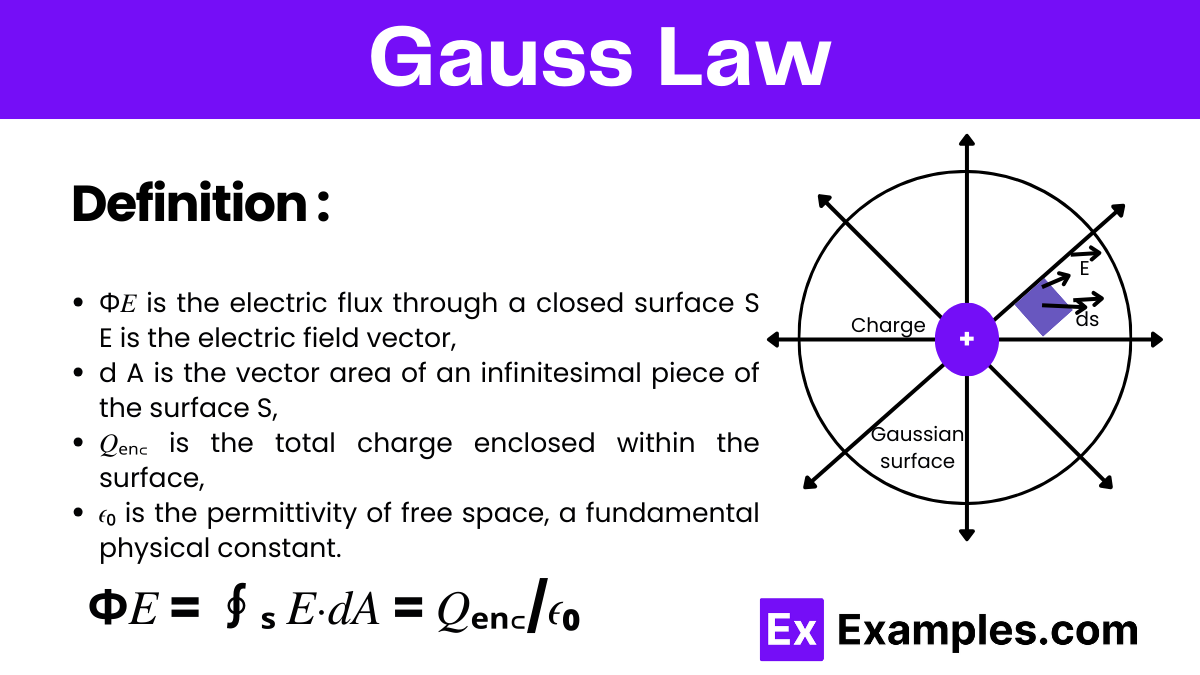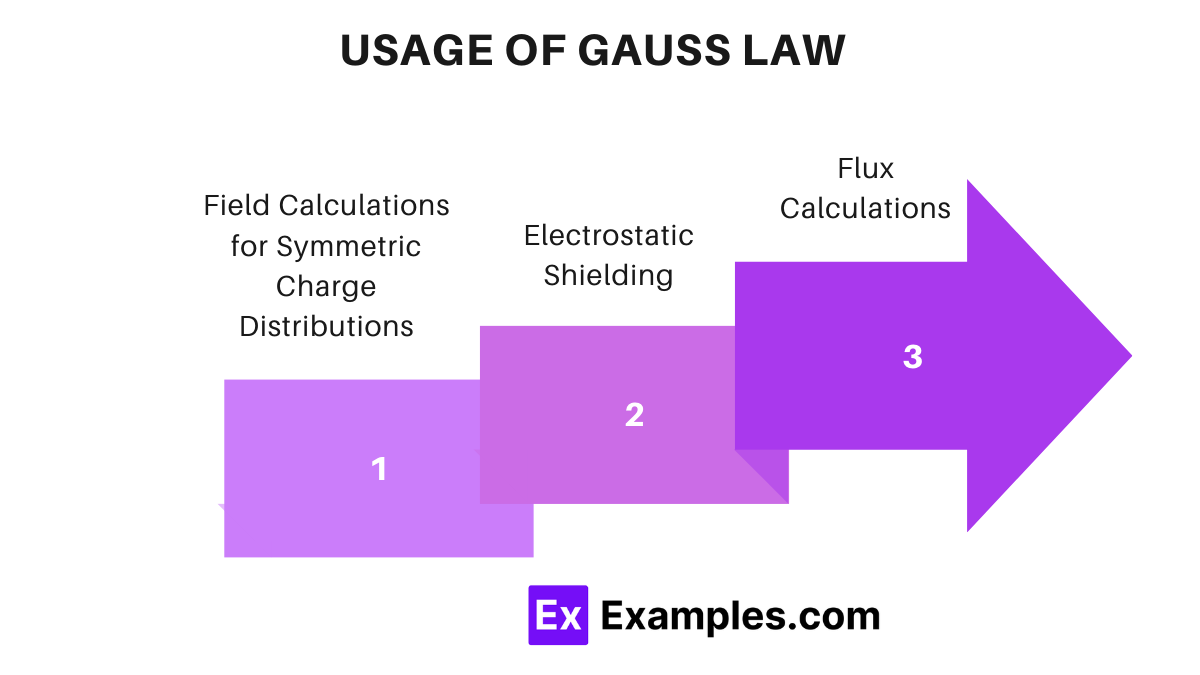What does Gauss's Law state about the relationship between electric flux and charge enclosed?
The electric flux through a closed surface is zero
The electric flux through a closed surface is equal to the enclosed charge divided by the permittivity of free space
The electric flux through a closed surface is proportional to the electric field
The electric flux through a closed surface depends on the surface area



